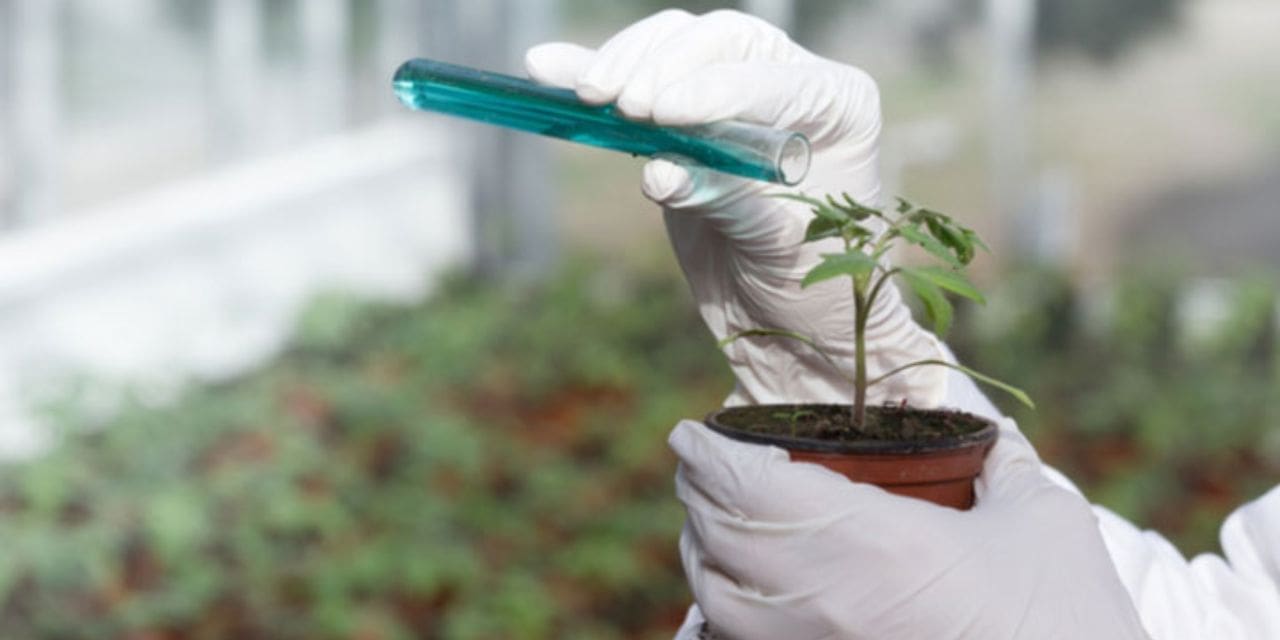The Europe fine chemical market is projected to reach a valuation of US$ 33,612.1 million in 2022. By reaching a valuation of US$ 53,714.2 million in 2032, the market is anticipated to exhibit moderate growth at a CAGR of 4.9% from 2022 to 2032.
Fine chemicals are single, pure chemicals that are often created in small and restricted quantities by using batch or biotechnological procedures, followed by synthesis, segregation, and purification. Few of the common examples of fine chemicals utilized are polypeptides, aromatic compounds, monoclonal antibodies, erythropoietin, nucleotides, and plastic additives.
Pharmaceuticals, agrochemicals, building materials, food & beverages, electronics, and others extensively employ fine chemicals for their applications in chemical manufacturing. Increasing demand for these types of chemicals among key industries, including pharmaceuticals & nutraceuticals, agriculture, cosmetics, and personal care, are fueling sales.
Demand for fine chemicals is primarily being driven by their increasing usage in the pharmaceutical industry. High demand for fine chemicals in pharmaceuticals as pure substances, as compared to commodity chemicals is a prominent factor driving the Europe fine chemical market.
Fine chemicals are extensively used in the manufacturing of medicines to treat heart and blood vessel diseases. These are categorized by their low volume and high value structure. Fine chemicals are further combined with bulk or specialty chemicals to produce complex chemicals, which have applications in pharmaceuticals and nutraceuticals.
Pharmaceutical fine chemicals can play a decisive role in the treatment of brain cancer, lung cancer, blood cancer, and liver cancer. Key companies have established divisions that mainly focus on developing specific drugs for certain conditions such as solid tumors and hematological oncology.
Increasing construction and development activities is bound to propel the demand for raw materials such as sealants, adhesives, and inhibitors, thereby leading to a significant surge in terms of value of the Europe fine chemical industry. As complex chemicals are manufactured through fine chemicals, demand for these raw materials are anticipated to increase in the next ten years.
Top Trends Pushing Sales of Fine Chemicals across Europe
Demand for Fine Chemicals to Skyrocket among Pharmaceutical Product Manufacturers
Prominent companies are focusing on consumers’ needs and formulating innovative marketing strategies, which will drive the market in the next ten years. These companies are strengthening their footprints by employing various approaches such as mergers, acquisitions, partnerships, and new product launches across Europe. Demand for fine chemicals is increasing as key suppliers launch new, innovative products.
Manufacturers are mainly focusing on the pharmaceutical industry to increase production of fine chemicals as the pharmaceutical sector remains a prominent consumer. Key manufacturers are also implementing several lucrative and cost-effective methods to produce fine chemicals, which have in turn, increased demand for such products in recent years.
Leading companies are investing in research and development activities to improve product effectiveness and efficacy. This is further expected to expand the application coverage of fine chemicals in agrochemicals, construction chemicals, and additives.
South Korea chemical industry has continuously expanded the cosmetics raw material market in recent years, which is also one of the development factors for key fine chemical manufacturers. Launch of novel and innovative products for end-use industries such as agriculture, chemicals, and electronics would help to create new opportunities for fine chemical manufacturers in Europe.
Country-wise Insights
The Demand for Fine Chemicals Set to Elevate in Germany
Burgeoning Demand for Agrochemicals in Germany to Push Fine Chemical Products Sales
Demand for fine chemicals is expected to remain prominent in Germany owing to presence of key chemical and pharmaceutical companies. In 2032, Germany is expected to account for more than 31% of volume shares in Europe fine chemical market. More than 500 pharmaceutical companies are located in Germany, which would drive demand for fine chemicals.
Burgeoning demand for pharmaceutical and agrochemical products that consume a high volume of fine chemicals remain a key reason responsible for the dominance of Europe in the fine chemical sector. Substantial production of fine chemicals for pharmaceuticals, strong development in the agrochemical industry, and surging demand for fine chemicals are key factors pushing fine chemicals sales in Germany.
Competitive Landscape
Manufacturers are focusing on the enhancement of their production capacities in the presence of continued competition in Europe fine chemical market, particularly in Germany and France. Increasing demand from expanding end-use applications is expected to drive demand for fine chemicals.
For instance,
In November 2021, Pfizer and Biohaven Pharmaceutical Holding Company Ltd. (Biohaven Pharmaceutical Ireland DAC, and BioShin Limited) entered into a collaboration and license agreement & related sublicense agreement to commercialize Nurtec ODT. It is a calcitonin gene- related peptide receptor for the preventive and acute treatment of migraine.
In June 2021, for the construction of a new drug substance production line at its location in Geleen, Netherlands, Lonza Group Ltd announced expanded cooperation with Moderna.
In December 2019, the third tertiary amines factory will be built by the Global Amines Company (GAC), a 50/50 joint venture between the world’s largest speciality chemical company Clariant and Asia’s largest agribusiness conglomerate Wilmar International.

